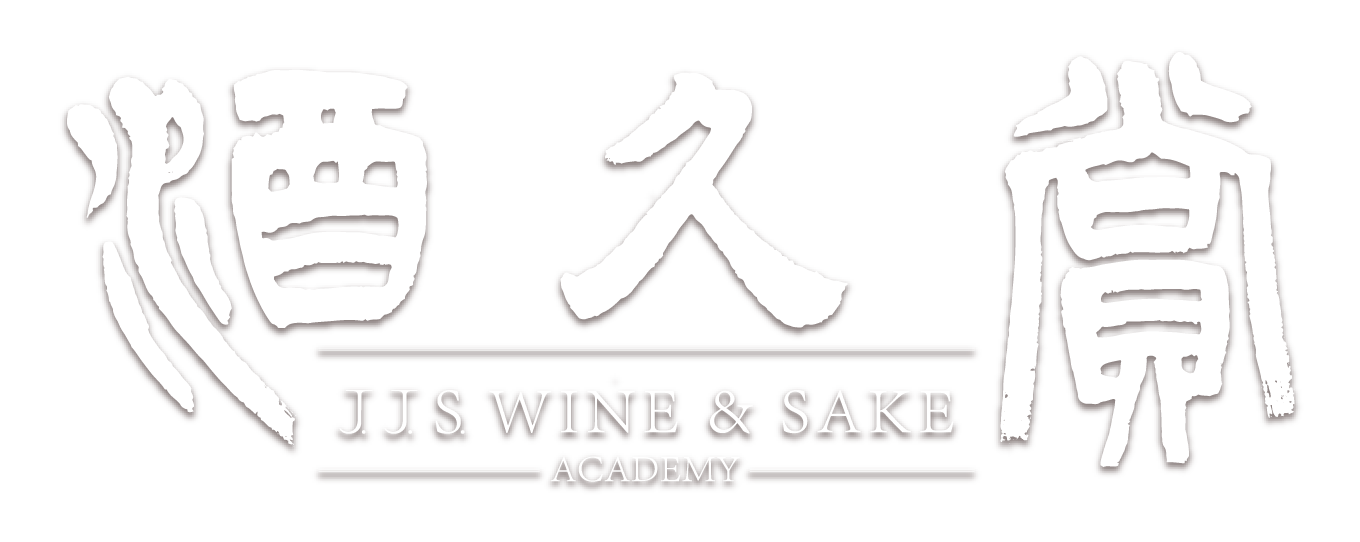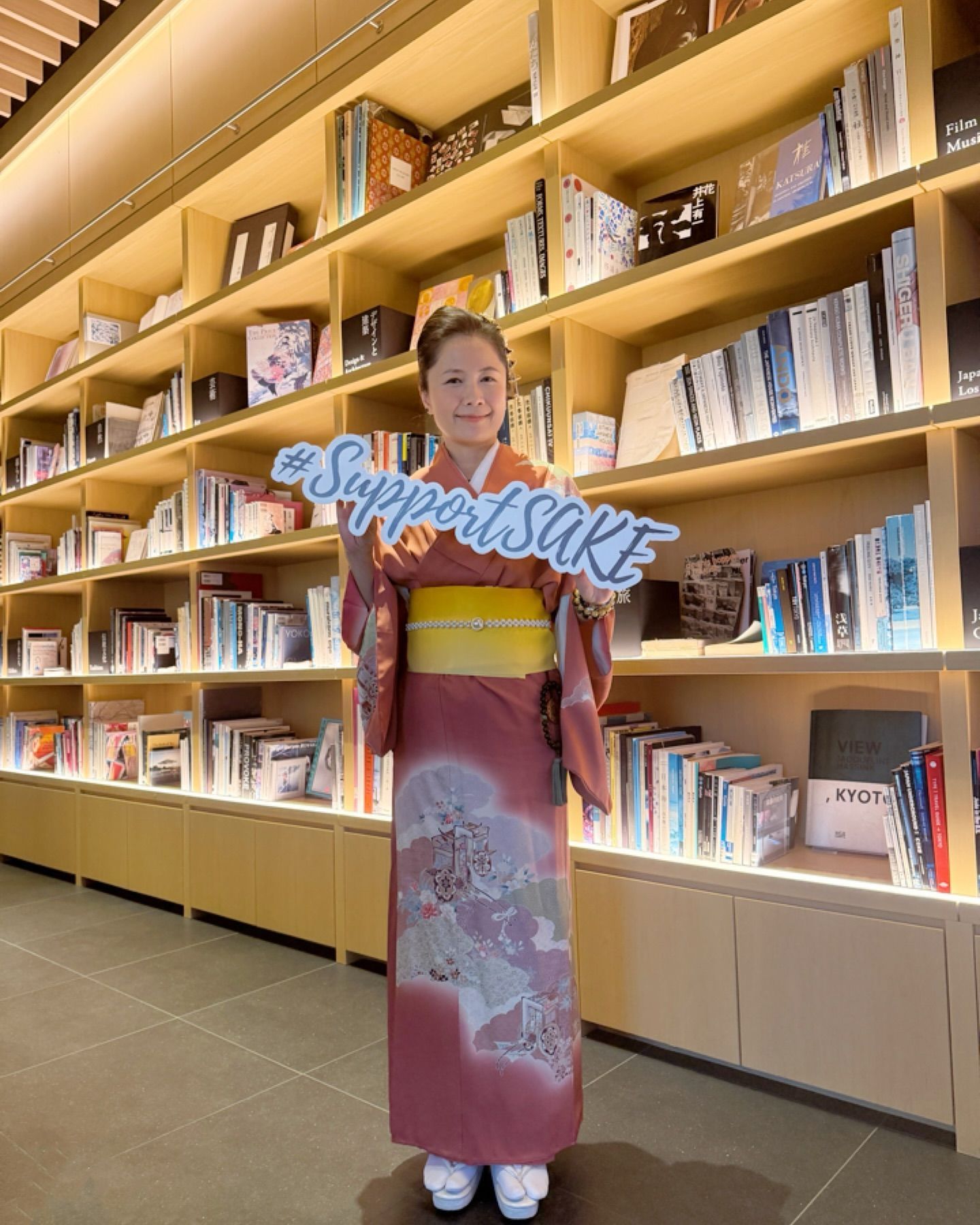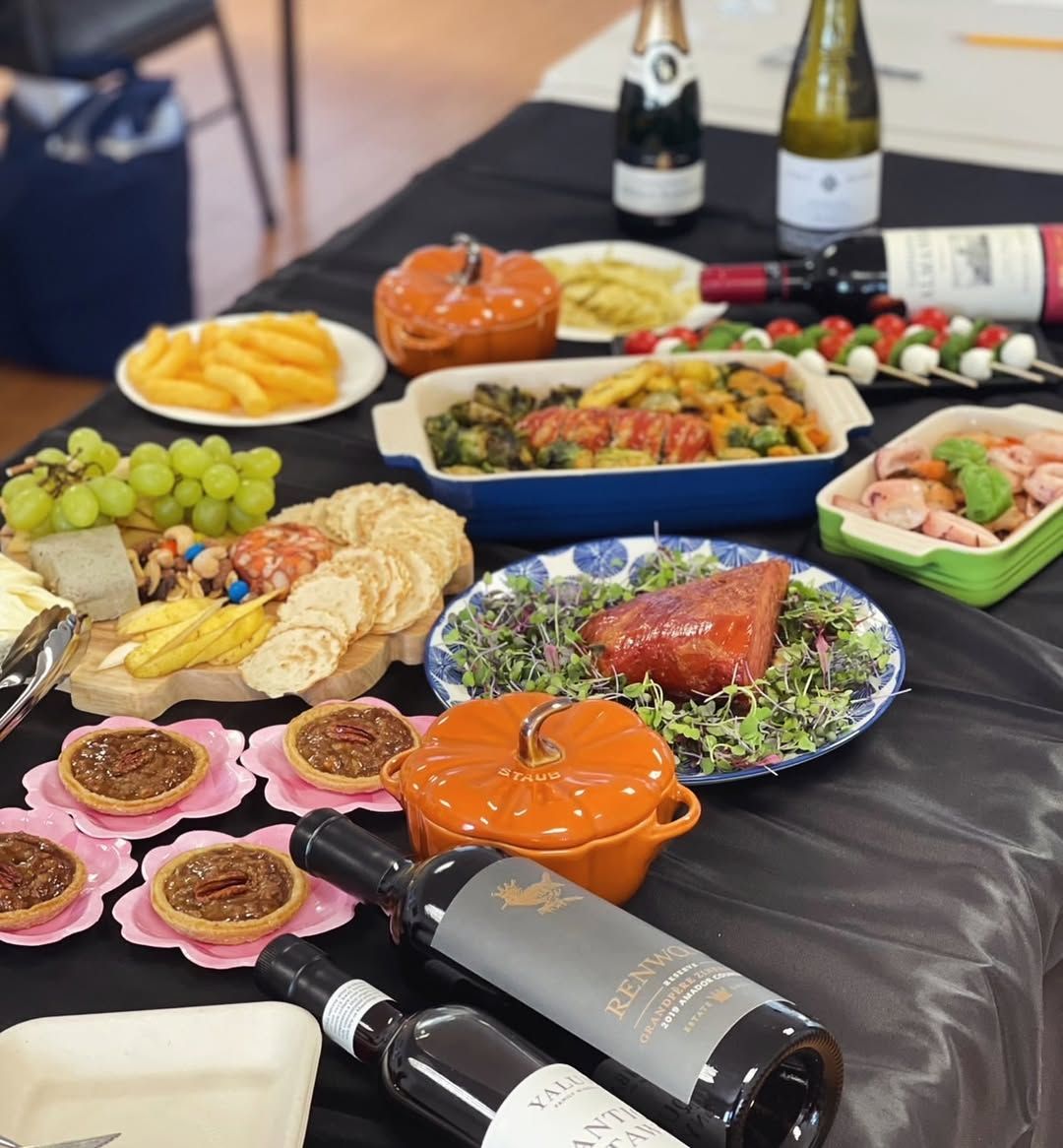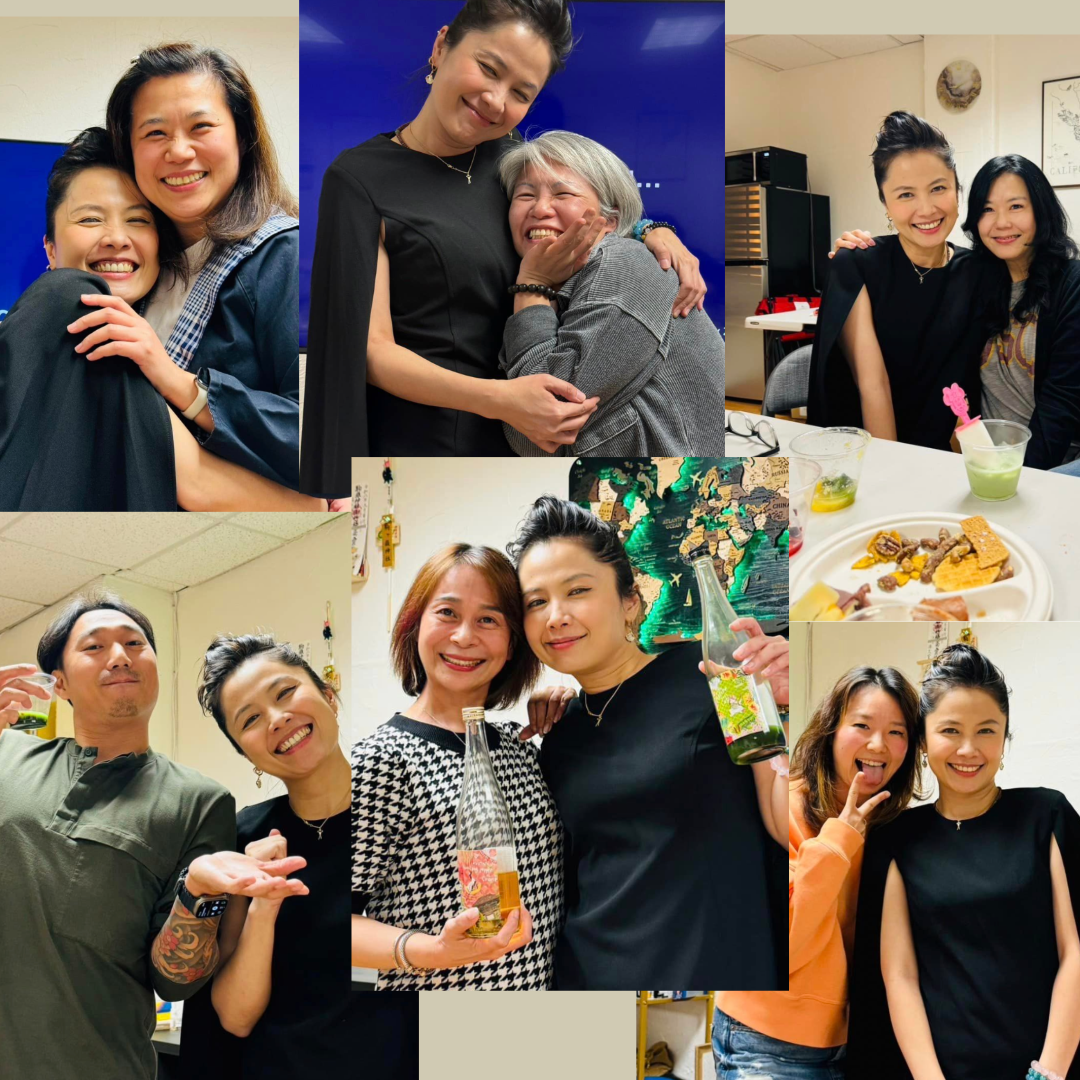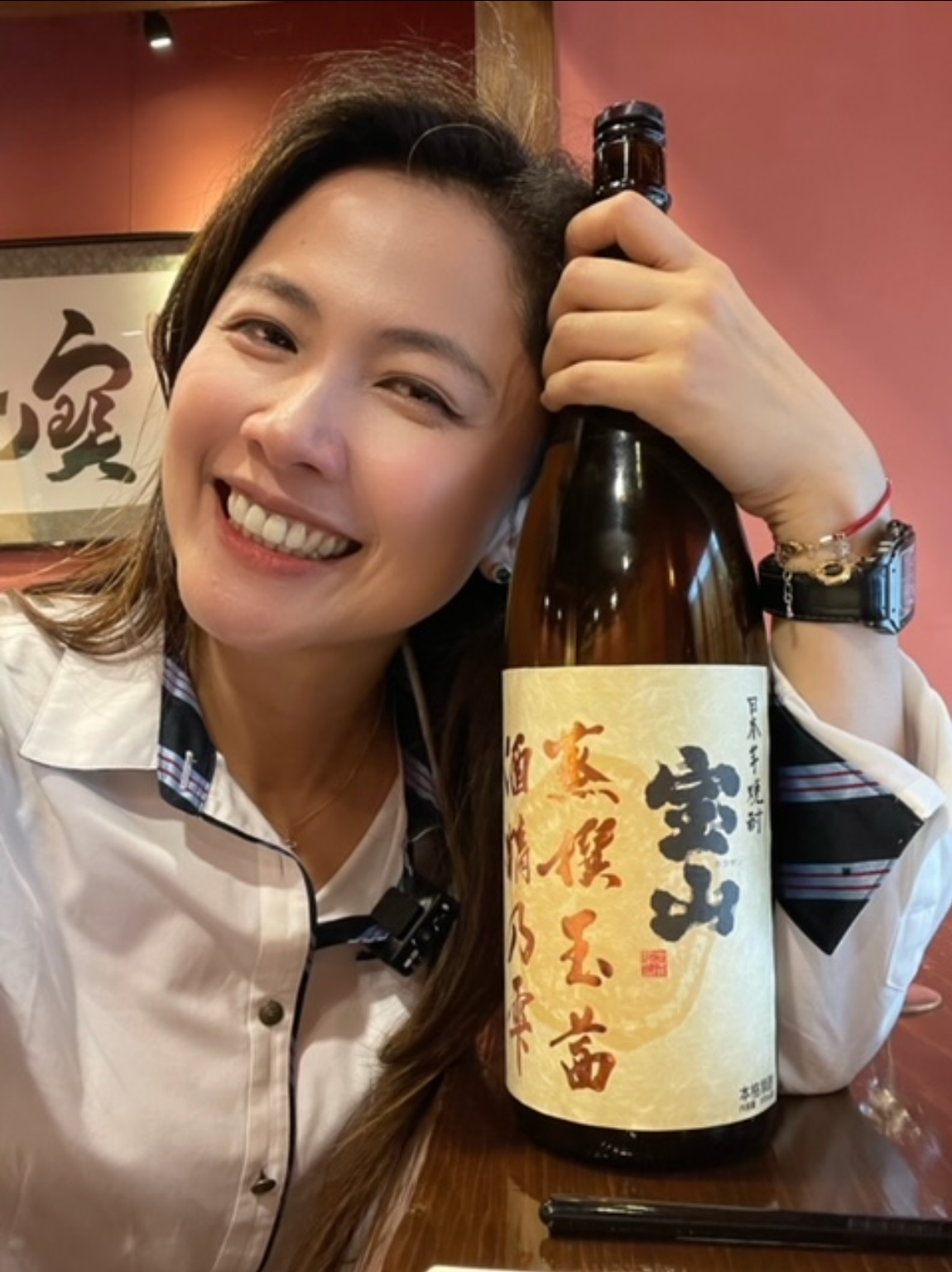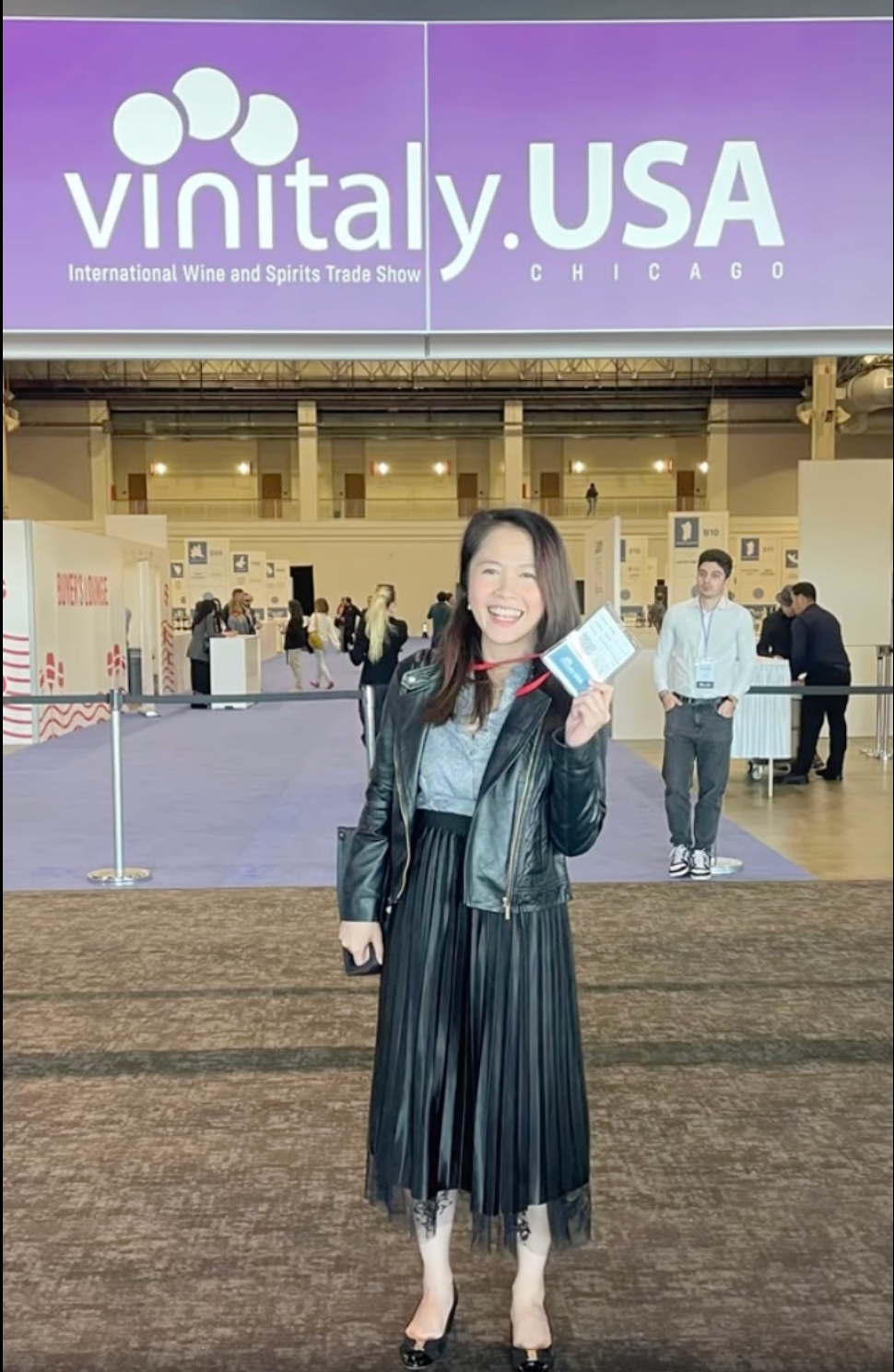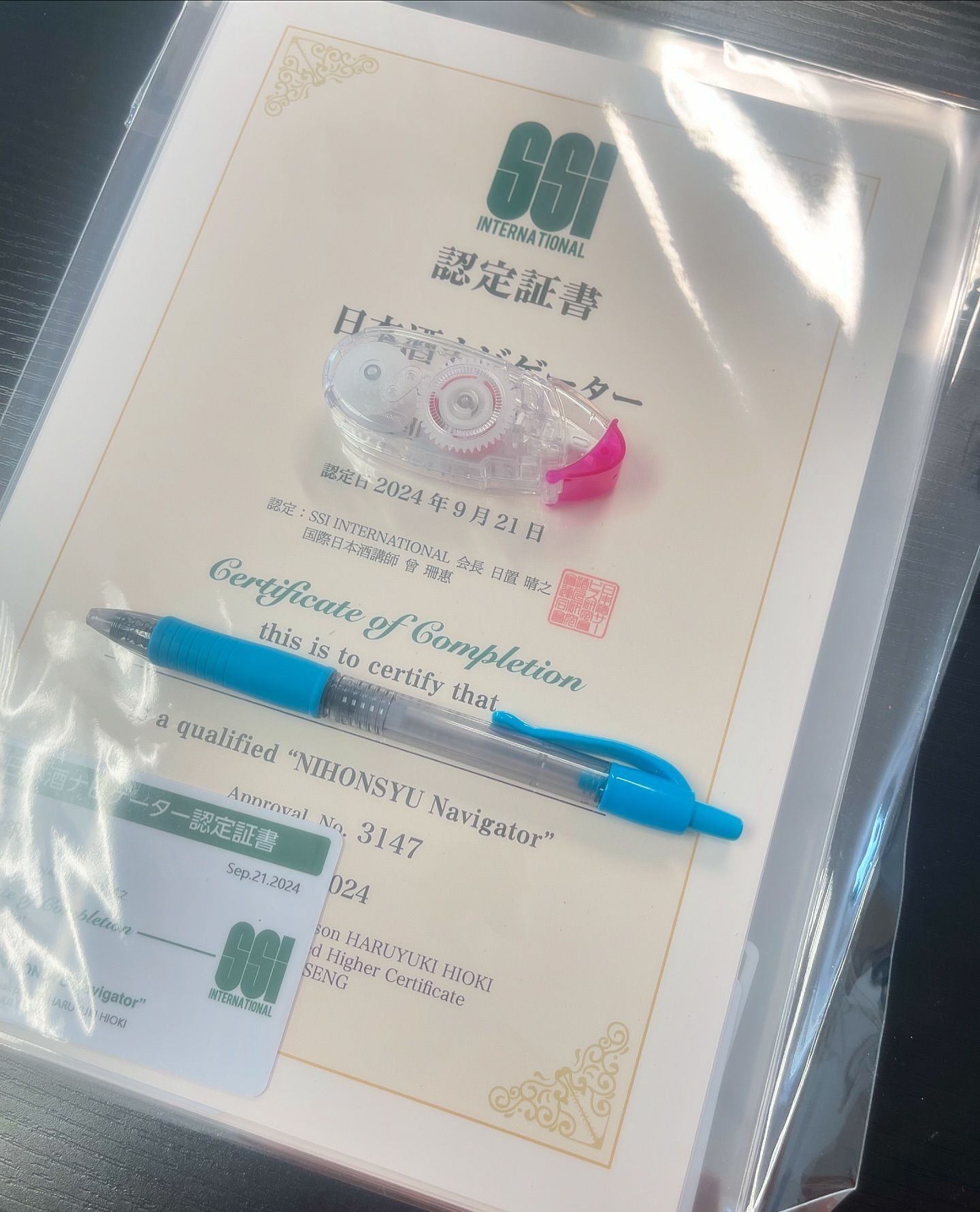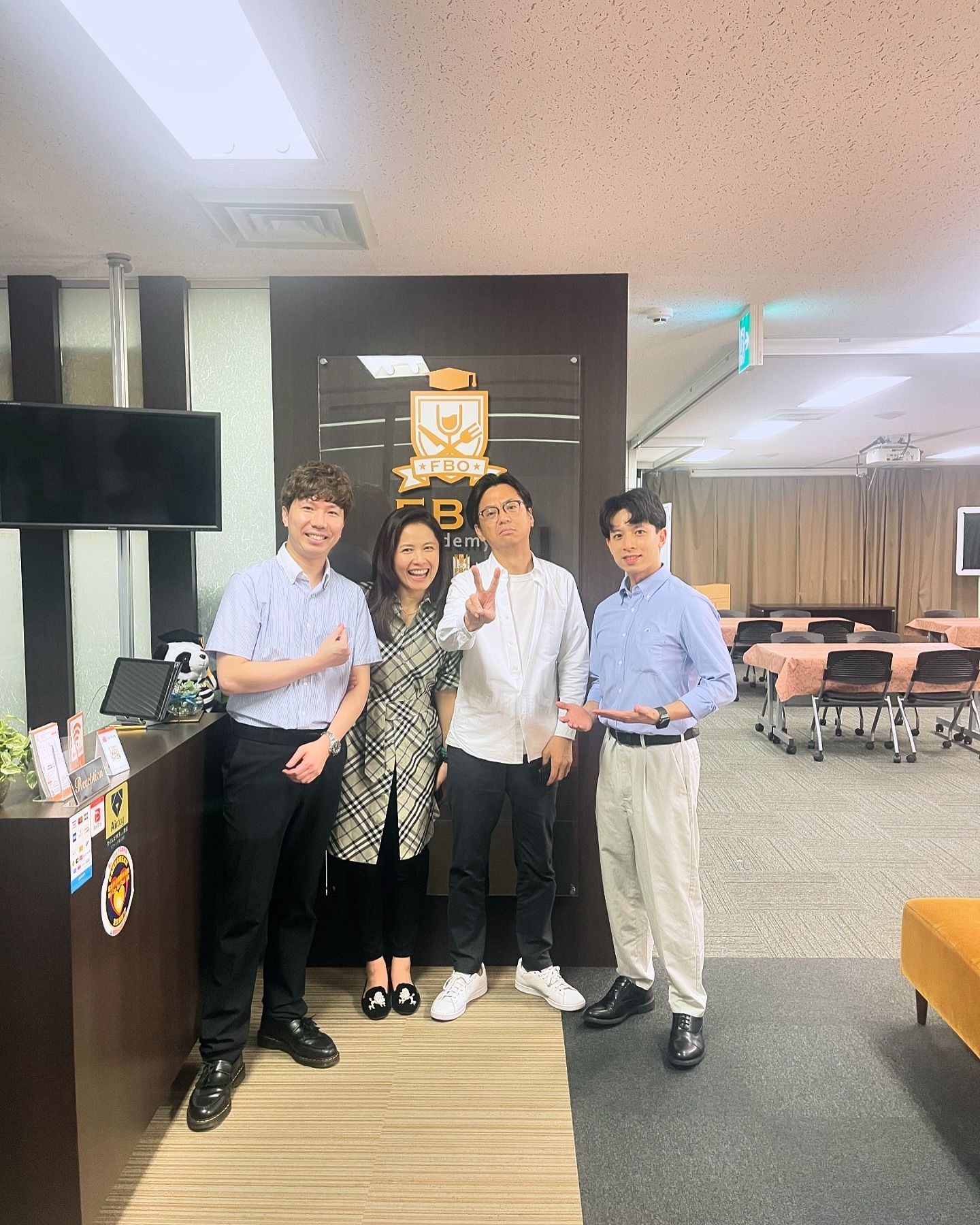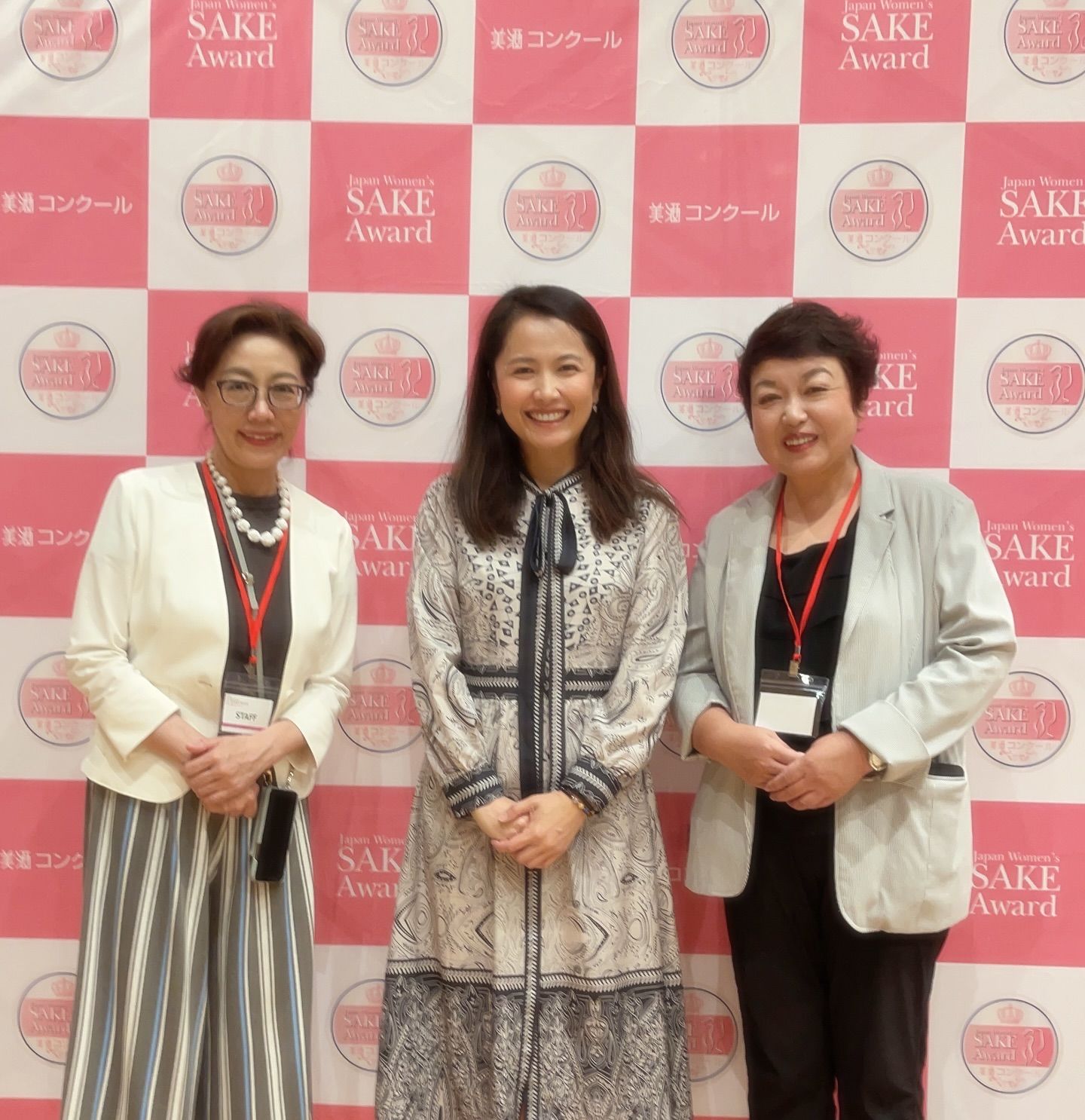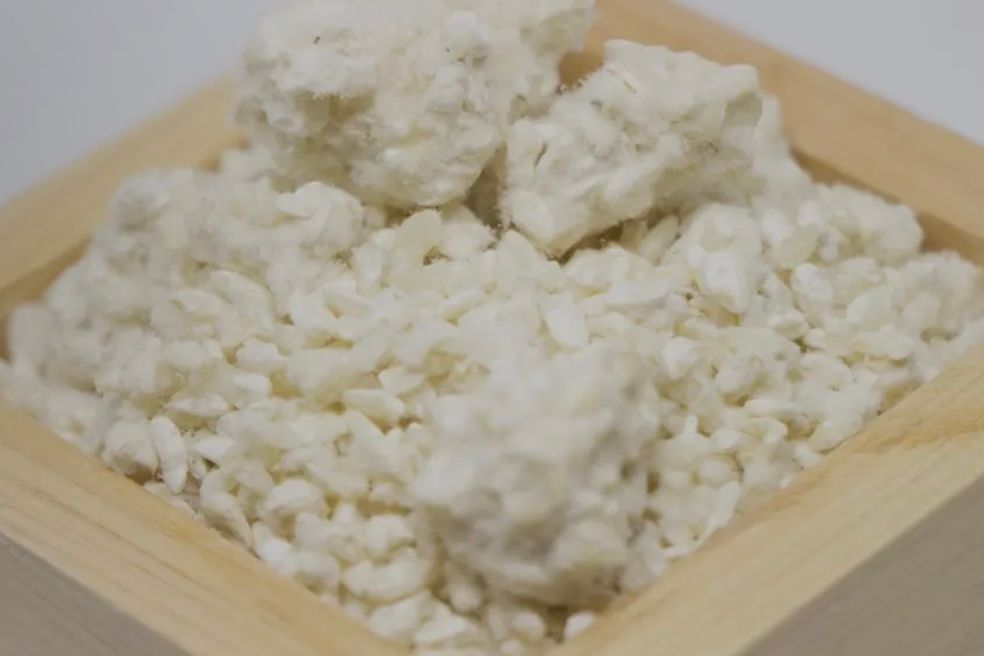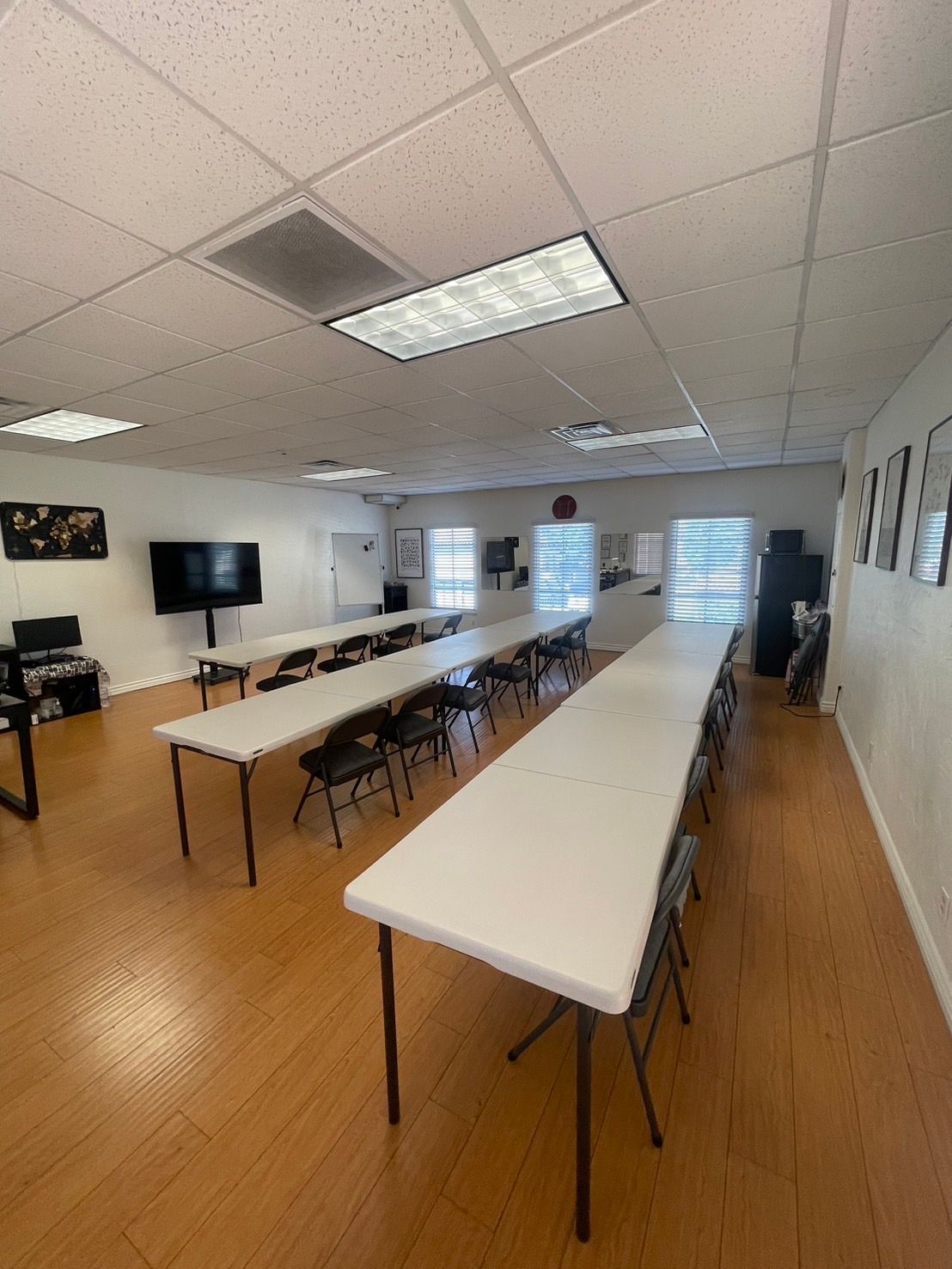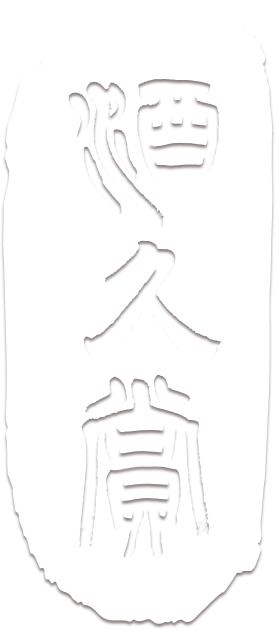日本酒与烧酎:联合国教科文组织认证的非物质文化遗产
日本酒与烧酎:联合国教科文组织认证的非物质文化遗产
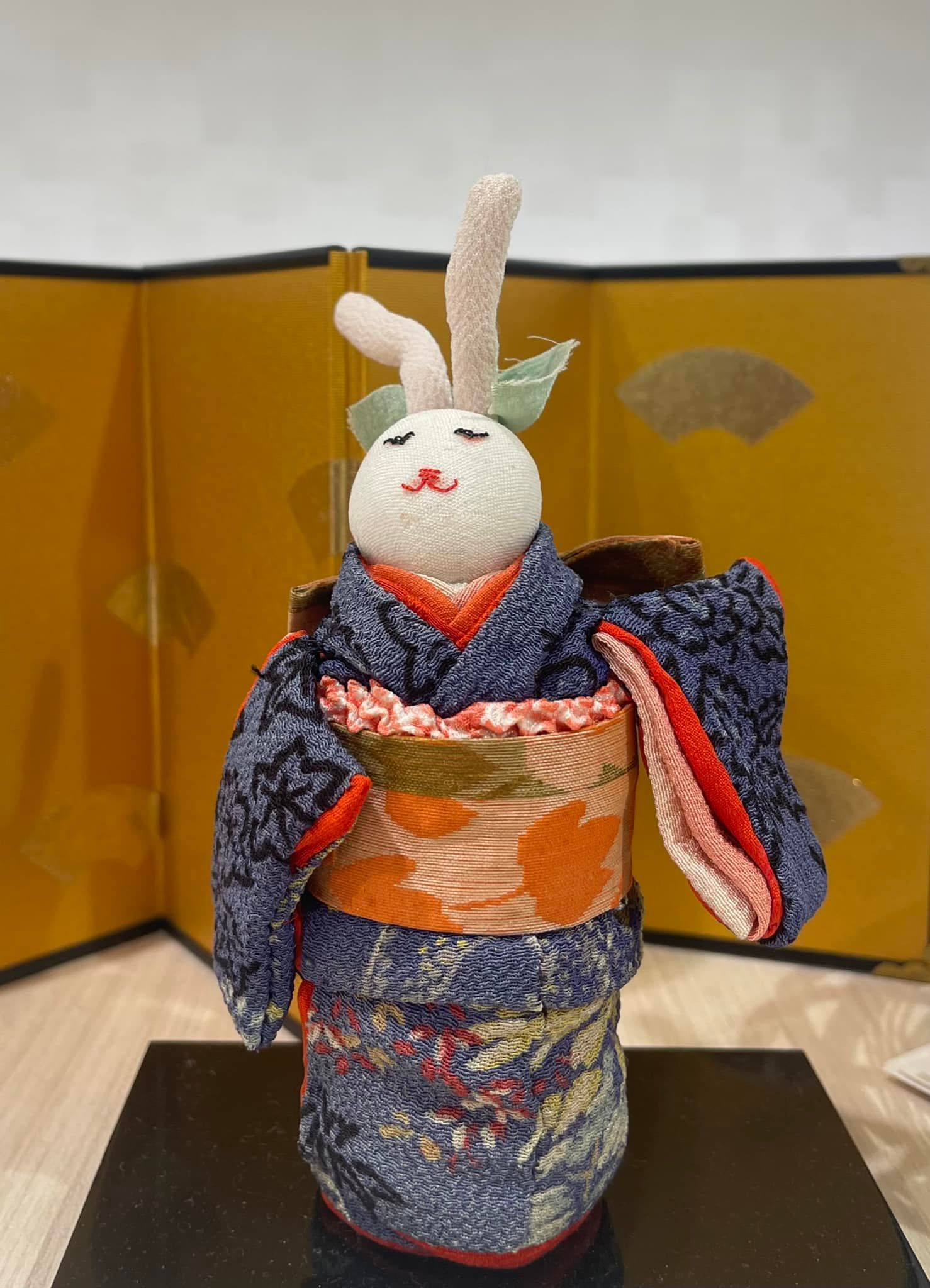
每年10月1日是全国清酒日,11月1日则是烧酎日,而现在,又多了一个值得庆祝的日子—12月5日。这一天,联合国教科文组织决定将日本的清酒、烧酎、泡盛等传统酿造技艺列入非物质文化遗产名录!这不仅是对日本酒文化的高度认可,也是对这些传统酿造方法与工艺的尊重。
谈到清酒和烧酎的制作,必须提到一个关键技术—平行复试发酵法。简单来说,由于原料中没有自产的酵母,需要依赖麴菌来帮助转化糖分,使酵母能够同时将糖分转化为酒精和二氧化碳。你可以这么理解:麴菌君和酵母君是好朋友,他们一起合作开了一家工厂。麴菌君负责把淀粉转化成葡萄糖,而酵母君则在同时,将这些葡萄糖变成酒精和二氧化碳。这样的合作,就像是两位工厂工人在各自的岗位上默契配合,最终产出美味的清酒或烧酎。 (这是我对十岁小孩的解释!)
身为清酒与烧酎推广的一员,看到这则新闻,我感到无比的感动与兴奋。正如清酒与烧酎的制作依赖四大关键元素:原物料、麴菌、水、酵母,它们就像数学公式中的变数,带入不同的数字,最终得出的结果各不相同。清酒与烧酎的酿造,也像葡萄酒一样关注「terroir」的影响。不同的是,清酒的terroir来自于各地不同的酵母(各县市的酵母无法交换或转售),而烧酎和泡盛的terroir则源自于各地的专门原物料。比如鹿儿岛的萨摩芋、奄美群岛的黑糖、冲绳的糯米,以及特别的陈年方式等。
这次,清酒与烧酎、泡盛被联合国教科文组织认定为非物质文化遗产,我感到无比骄傲和高兴。每一瓶清酒、烧酎或泡盛,都承载着酿酒师对顾客的深厚情感和对工艺的坚持。这不仅是对职人精神的致敬,也是对传统工艺的一种认可。
Cheers to Tradition: Sake & Shochu Honored by UNESCO
Every year, October 1st is National Sake Day, and November 1st is Shochu Day. Now, there's another special day to celebrate—December 5th. On this day, UNESCO officially recognized Japan's traditional sake, shochu, awamori, and other brewing methods as Intangible Cultural Heritage! This is not only a high honor for Japanese alcohol culture but also a tribute to the craftsmanship and traditions behind these brewing techniques.
When it comes to the production of sake and shochu, one crucial technique must be mentioned—Multiple parallel fermentation. In simple terms, since the raw materials do not have naturally occurring yeast, koji mold is needed to convert the starches into sugars, allowing the yeast to simultaneously turn those sugars into alcohol and carbon dioxide. Here's an easy explanation: Koji and yeast are like good friends. They run a factory together. Koji converts starch into glucose, and at the same time, yeast takes that glucose and turns it into alcohol and carbon dioxide. This teamwork, much like two workers efficiently running their separate tasks, results in the creation of delicious sake or shochu. (This is how I’d explain it to a 10-year-old!)
As someone involved in promoting sake and shochu, I felt incredibly moved and excited when I heard this news. Just like how sake and shochu rely on four key ingredients—raw materials, koji, water, and yeast—they are like variables in a mathematical formula. By changing the values, the outcome will be different every time. Sake and shochu, much like wine, are influenced by "terroir." The difference is that the terroir for sake comes from the different yeasts found in each region (yeasts cannot be exchanged or sold between prefectures), while the terroir for shochu and awamori comes from specialized local ingredients, such as Kagoshima’s sweet potatoes, black sugar from the Amami Islands, glutinous rice from Okinawa, and unique aging methods.
I am so proud and thrilled that this recognition has been given to sake, shochu, and awamori. Every bottle of sake, shochu, or awamori carries the deep emotions of the toji san towards their customers and their dedication to their craft. This recognition is not only a tribute to their craftsmanship but also a validation of these traditional techniques.
Kanpai for this great news!
聯絡我們
Contact Us
感謝您與我們聯繫, 我們會盡快回覆您。
嘗試傳送郵件時發生錯誤,請稍後再試。
Jiou Jiu Shang Wine & Sake Academy, Inc. 保留所有權利


